


Framed or unframed, desk size to sofa size, printed by us in Arizona and Alabama since 2007. Explore now.
Shorpy is funded by you. Patreon contributors get an ad-free experience.
Learn more.

- Alas, hidden from view
- Exclusive pump
- Details, Details
- What's that building to the left of the tower?
- Coal Barges
- Bromo-Seltzer
- Inner harbor
- The Basin
- What a headache!
- Giant stepladder?
- Baldwin 62303
- Baldwin VO-1000
- Cold
- No expense spared
- Tough Guys
- Lost in Toyland
- And without gloves
- If I were a blindfolded time traveler
- Smoke Consumer Also Cooks
- Oh that stove!
- Possibly still there?
- What?!?
- $100 Reward
- Freeze Frame
- Texas Flyer wanted
- Just a Year Too Soon
- WWII -- Replacing men with women at the railroad crossing.
- Yes, Icing
- You kids drive me nuts!
- NOT An Easy Job
Print Emporium
Less Filling: 1939
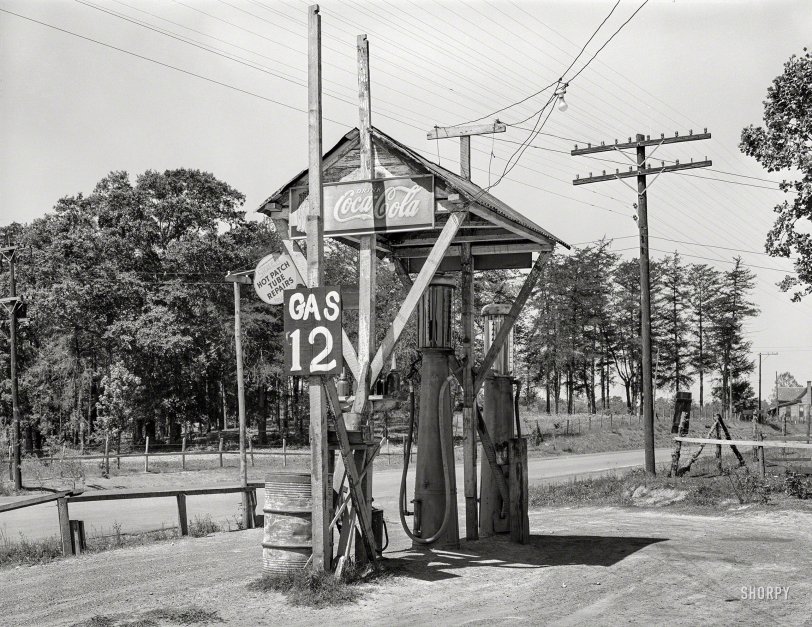
April 1939. "Service station. San Augustine, Texas." Medium format acetate negative by Russell Lee for the Farm Security Administration. View full size.
Now That's How You Splice Wires
Gotta love the wiring for the overhead light and pumps. Perhaps a little bit of electrical larceny going on there?
Different kind of hot patching
The brand of hot patch being referred to here is Shaler, which was a self-vulcanizing type of patch similar to the ubiquitous "Monkey Grip sizzle patches" of bygone days. They used a rubber patch attached to the back side of a thin metal clamp-on tray of combustible chemicals to melt/vulcanize the rubber patch to the tube or tire, unlike the modern hot patches that just rely on burning off solvent to heat up and soften a rubber surface to promote adhesion.
Although not sold directly in the US any more, real self-vulcanizing patches are still made in and available from China and India.
Shorted wiring?
At the end of the pump shed is a cross tree with two wires on it. It looks like the wire on the right has been shorted and the insulation is starting to melt off. Not surprising when you see an indoor socket hanging out in the open just to the right of the roof.
Bicycle Tube Vulcanisers
In Australia in the 1950s and 60s we patched our bicycle inner tubes with a Dunlop Vulcaniser. A patch was placed on the hole in the tube, and held in place with a clamp device. A small circular disc with a layer of a catalyst was placed in the clamp, and this was ignited. The heat, with attendant smoke, welded the patch to the tube. In a few minutes it cooled, and you were on your way again. No waiting for glue to dry. You can see a sample here.
Gotta Love Hot Patching
My dad taught me how to do this sort of patching a punctured tire, though it may differ from what's being sold here. To patch the inside or a tire or outside of a tube you first roughed up the rubber with a coarse perforated file, much like a cheese grater. Then you applied a coat of tire patch cement, which contains considerable volatile solvents. Then you lit the solvent and allowed it to burn for about 15-20 seconds... this had the effect of making the cement far more sticky and also slightly melting the top layer of the rubber tube/tire. Then you removed the backing from the patch, applied it to the puncture, and used a roller, or the edge of the can of patches, to press down the patch into the repair. It worked amazingly well and I don't recall ever having to re-do one.
Drink **** ****
is there anywhere in the United States where there isn't a Coca-Cola sign?
Pump it up
There was a time that motorists or station attendants had to grab hold of a lever and literally pump up the fuel before filling the gas tank. However, despite changes at service stations with modern gasoline dispensers that don't use the old levers they are still referred to today as "gas pumps."
[Because that's still what they do -- pump gas up out of an underground tank. - Dave]
12 Cents Sounds Good
...until you put it in an inflation calculator. It winds up being $2.11--about what we would pay now! At least we don't have to worry about patching our tubes any more, though.









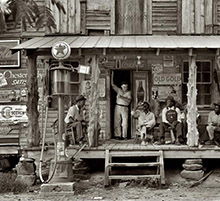
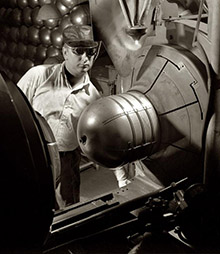
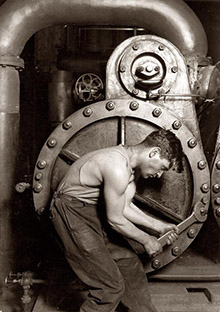

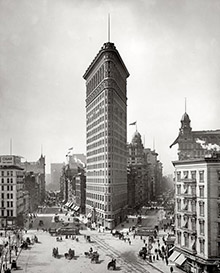
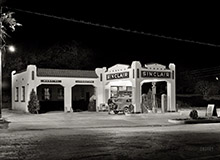

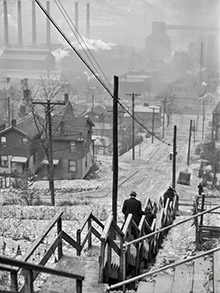
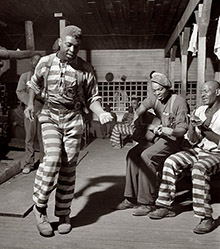


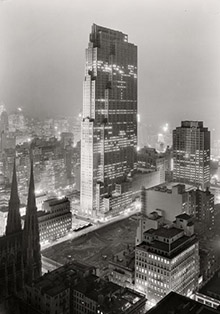

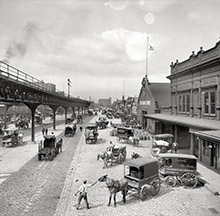

On Shorpy:
Today’s Top 5